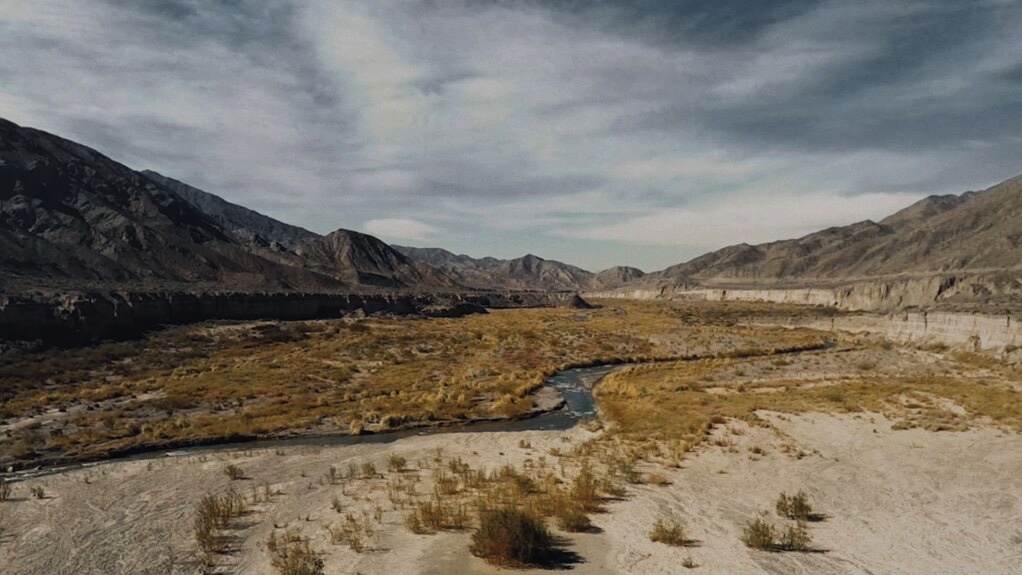Loro Piana: Vicuña
Loro Piana, 19.06.2020
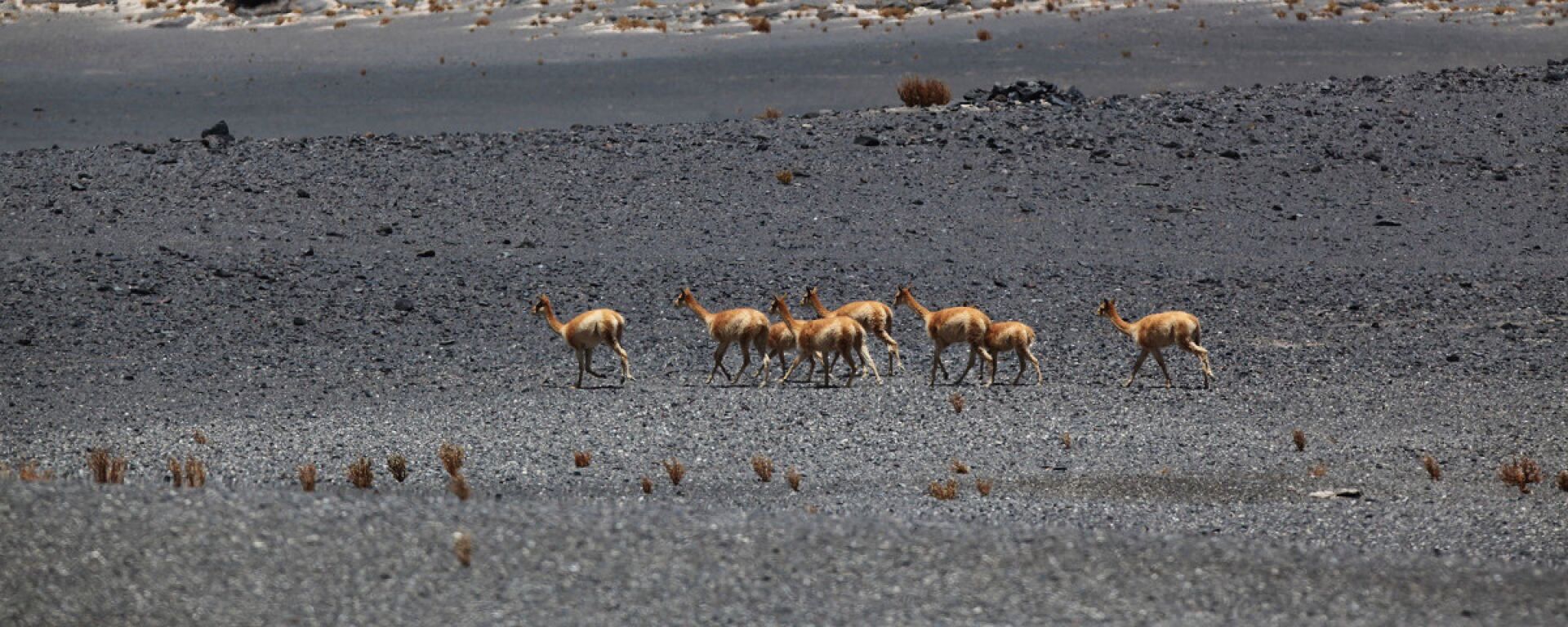
Rare by Nature
The vicuña, “Queen of the Andes”, lives in the wilderness of the Peruvian, Argentinean and Bolivian highlands. With its golden brown, ultra-soft fleece, the vicuña was sacred to the Incas, and its precious fleece was worn by emperors and their families. Loro Piana first became involved in vicuña conservation initiatives in Peru in the 1980s, and has since then worked tirelessly to protect and nurture this extraordinary species.
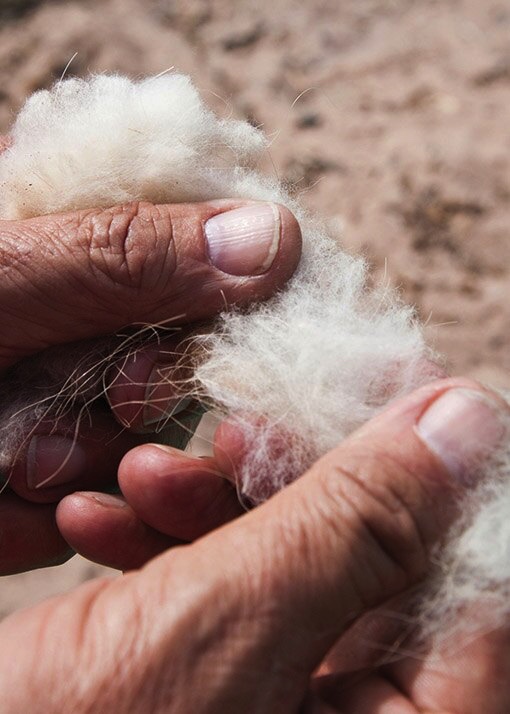
In the Pre-Colombian era, there were approximately three million wild vicuñas gracing the mountain plateaus of Peru. However, when the conquistadors arrived, they began hunting the animals indiscriminately to obtain their prized fleece. The poaching has continued to the present day, reducing the species almost to extinction.
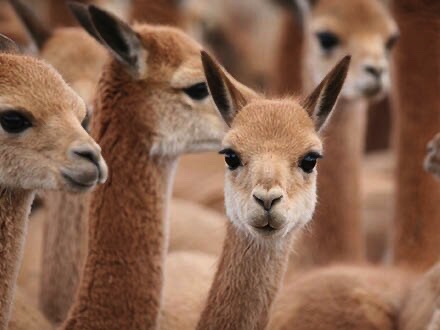
The population reached an all-time low of 5000 in 1960, prompting the Peruvian government to establish the first reserve for re-populating the vicuña. The real turning point in saving the species came about three decades later when Loro Piana – heading the 1994 International Vicuña Consortium – signed an agreement with the Andean communities which provided the company the exclusive honour of buying, processing, and exporting vicuña fibre created from animals that were gently and humanly sheared. The involvement of Peruvian campesinos proved vital to the conservation effort.

Since then, Loro Piana has continued to honour its pledge to the vicuña, establishing Peru’s first private nature reserve – the Dr. Franco Loro Piana reserve – in 2008. The increase in population bears witness to the success of the project; today the vicuña is thriving in the Andes.
Conservation and Sustainability
On the strength of the experience in Peru, Loro Piana continued the vicuña conservation initiative in Argentina in 2013, when the group purchased the majority share in a company that has permission to shear vicuñas in the Catamarca Province, in the Argentine Northwest.
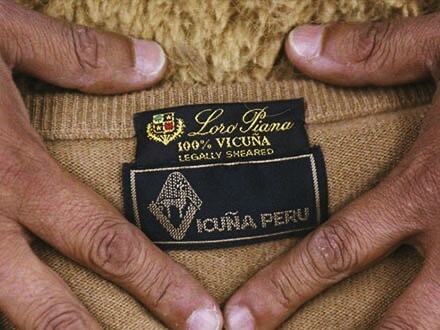
Argentina has a smaller vicuña population than Peru, and unlike in Peru, the animals are not the property of the government or the local communities. Instead, vicuñas live wild, but protected, at an altitude that ranges from 3200 metres to 5500 metres above sea level. In this extreme climate, the animal’s outer coat is different to the one in Peru. The fibre is even finer and lighter in colour, almost white, blending into the glacial hues of the puna landscape.
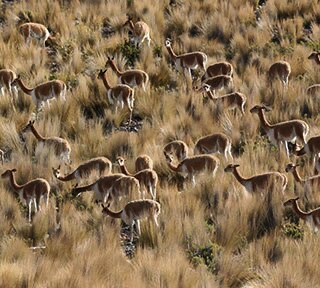
In an area of more than 85,000 hectares the vicuñas are protected and left free to roam. The scheduled, cruelty-free shearing of the animals represent the most effective way to discourage poaching. Without their precious fleece, the vicuñas no longer represent a source of income for criminals. That is why, in Catamarca, people say that every animal sheared is an animal saved.
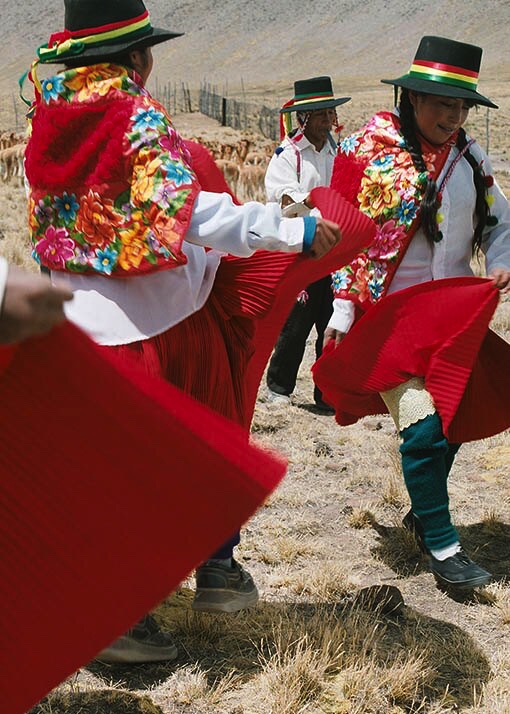
A Quality to Honour
A vicuña can only be sheared once every two years, and a total of five times during their life. Gathering and processing this extremely rare, exclusive fibre is a time-consuming task carried out according to tradition.
In the days of the Incas the fibre was gathered only once every four years, following a precise ritual which was held at the end of the summer: the Chaccu. Entire communities would come together, encircling a chosen area, gradually corralling the animals into large enclosures. The ceremony took place under the watchful eye of the Inca emperor, with the vicuñas being released immediately once sheared.
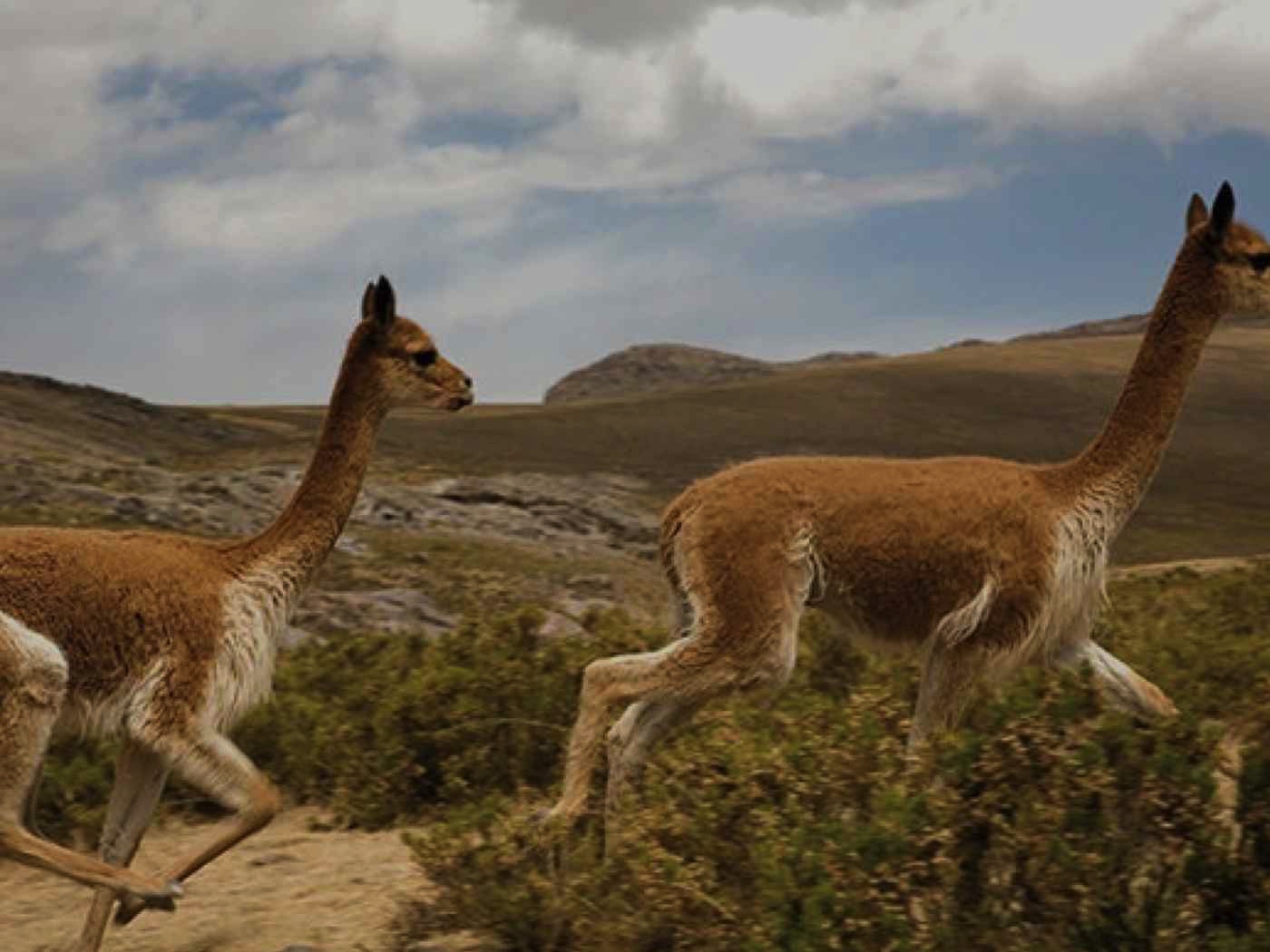
In Peru, the ancient traditions of the Chaccu are still preserved. Every year in June, hundreds of men and women meet on the mountain plateaus to celebrate with traditional dances and songs. Shouting and whistling help flush the vicuñas downhill, into shearing pens. The campesinos then carefully select the animals, leaving out the young ones not yet ready. All of this takes place with the utmost respect for this exceptional gift of nature that humans have enjoyed for nearly five centuries.
